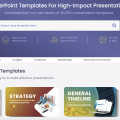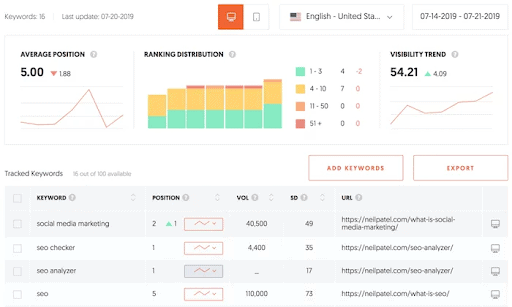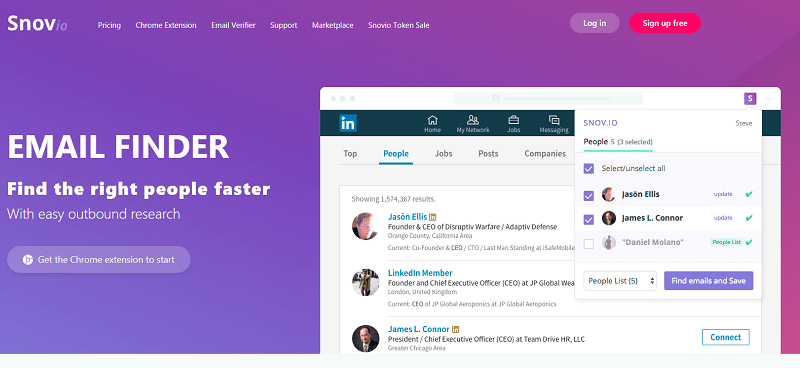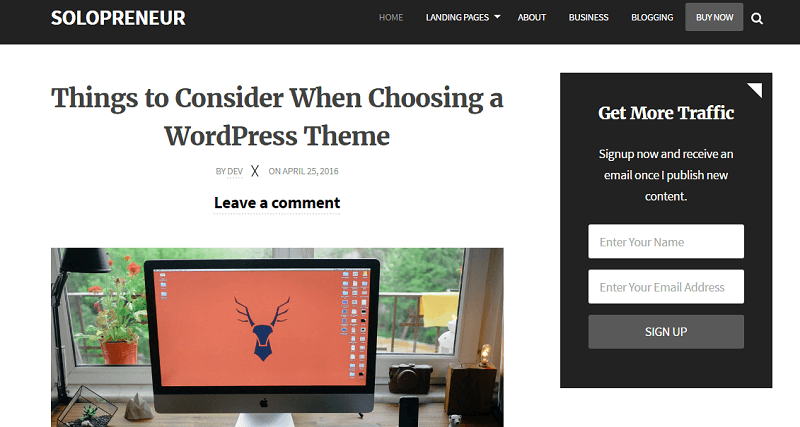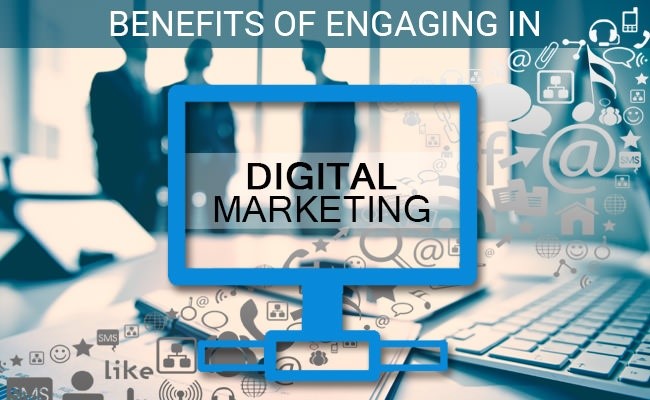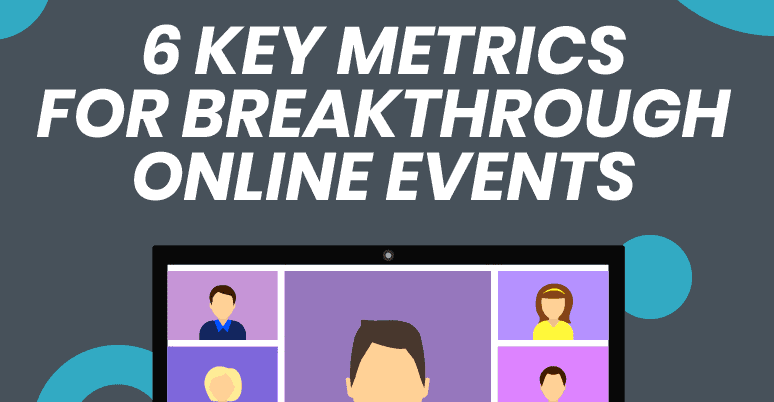Think about the last time an ad made you stop and pay attention. Maybe it was a 30-second clip showing a small business owner’s journey from kitchen counter to sold-out storefront. You probably don’t remember the product because of a catchy slogan, you remembered how it made you feel. That’s the power of storytelling.
Top digital marketers get it; they are not just selling features, they’re telling stories. Instead of listing benefits, they craft narratives that top into real human experiences. And this is nowhere more powerful than in video storytelling. The most shared and impactful ads are packed with moments that stick.
In this article, we explore why storytelling has become the sharpest tool in every marketer’s toolbox, and how brands use it to turn attention into action.
Table of Contents
What Makes Storytelling Effective in Digital Marketing?

The simple answer is that people don’t just buy products, they buy what the products say about them. A skincare brand, for instance, isn’t just selling facial cream; it’s selling confidence. Storytelling gives marketers a way to frame their offers as part of a bigger, more emotional journey.
This is why top brands like Apple and Nike rarely lead with product features. Nike tells stories of perseverance, passion, and self-belief. Apple, on the other hand, leans into simplicity, creativity, and design. You are not just buying tech, you are buying a lifestyle that aligns with your vision.
Besides the emotional appeal, story telling also wins with algorithms. Social media platforms prioritize content that keeps people engaged and generates interaction. That’s why narrative-driven Reels, TikToks, and YouTube Shorts outperform traditional promo videos. Even in email marketing, campaigns built around a story drive more conversions than generic product dumps.
Expert-Proven Tips to Use Storytelling in Digital Marketing
Before jumping into practical tips, it’s important to understand two storytelling frameworks that bring both structure and emotional depth to your message:
- Hero’s Journey: In this classic framework, your customer is the hero facing a challenge. Your brand plays the role of a guide, offering the tools (your product or service) that they need to succeed.
- Problem-Agitate-Solution: Start by identifying a relatable problem, then amplify the emotional tension around it. Finally, present your product as the clear solution. This format is highly-effective for ads, emails, and landing pages.
With these frameworks in mind, here are three strategic ways to use storytelling in your digital marketing:
1. Use Brand Origin Stories
Your brand is more than a launch date or mission statement—it’s a story. Share the real human moments that sparked your journey. Maybe it was a personal frustration, a meaningful encounter, or a gap in the market you felt compelled to fill.
Telling that story builds trust and empathy. You can weave it into a founder’s letter on your website, a video pinned to your socials, or even through a series of blog posts.
2. Turn Customer Stories Into Relatable Proof
When customers share how your product helped them overcome a challenge, it becomes a living testimonial wrapped in emotional truth. This isn’t just about star ratings or written reviews, a well-crafted customer story:
- highlights a real struggle,
- walks through the decision-making process, and
- ends with tangible results.
You can showcase these stories as full-length case studies, short social videos, or visual before-and-afters.
3. Use Micro-Stories on Social Media to Stay Top-of-Mind
In the noisy, fast-paced world of social media, micro-stories can make your brand unforgettable. These are short, punchy narratives that reveal something human about your brand’s values, your team, or your customers.
A SaaS brand might share a LinkedIn post about the founder’s first big rejection and what they learned from it. These stories are quick to consume, emotionally charged, and don’t require fancy production. What they do require is honesty, and that keeps people coming back.
Stories Sell Better Than Stats
If you made it this far, it’s obvious that storytelling is no longer optional. It’s the most powerful communication tool digital marketers have today. If your current strategy is all features and no feeling, it’s probably not hitting as hard as it could.
Start small, take one campaign, whether it’s an ad, a welcome email, or a landing page, and reframe it as a story. Focus on the transformation, not just the solution. What changed after someone used your product? That’s what people remember.
